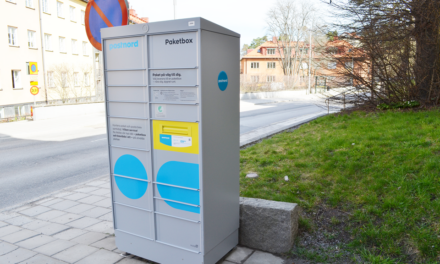
GOA add USPS to High Risk list
Reporting that broad restructuring is urgently needed, the U.S. Government Accountability Office (GAO) added the financial condition of the USPS to its High-Risk List of federal areas in need of transformation.
Reporting that broad restructuring is urgently needed, the U.S. Government Accountability Office (GAO) added the financial condition of the USPS to its High-Risk List of federal areas in need of transformation.
“There are serious and significant structural financial challenges currently facing the Postal Service. New technology is profoundly affecting services in both the private and public sectors, including traditional mail delivery. Compounded by the current recession, the volume of mail being sent is dropping substantially, leading to a sizeable decline in revenue. At the same time, the Postal Service faces significant infrastructure and personnel costs,” said Gene L. Dodaro, acting comptroller general of the United States and head of the GAO.
“The Postal Service urgently needs to work with Congress and other key stakeholders to develop and implement a restructuring plan to help put it on a more sustainable financial path. By adding the U.S. Postal Service’s financial condition to the High-Risk List, we hope to bring attention to the agency’s financial viability and its ability to provide sustainable, affordable, high-quality mail service,” Dodaro added.
Mail volume fell by 9.5bn pieces in fiscal year 2008 to a total of 203bn pieces and is projected to fall by 28bn pieces in fiscal year 2009 to a total of 175bn pieces. USPS expects mail volume and revenue to continue declining next year, and flat or continued volume decline over the next five years. USPS projects a net loss of $7bn this fiscal year, with outstanding debt increasing to over $10bn, and a cash shortfall of about $1bn. USPS also expects that its projected losses will continue in fiscal year 2010.
USPS has relied on growth in mail volume to help sustain its operations, a strategy that has enabled it to remain self-supporting. During the past decade, however, businesses and consumers have increasingly turned from traditional mail delivery to electronic communication alternatives. Mail volume has bounced back after past recessions, but USPS’s forecast suggests that may not be the case this time as more and more postal customers embrace electronic options.
To remove its financial condition from the High-Risk List the Postal Service needs to undertake a number of major structural changes, Dodaro said. In the short term, a key challenge is to cut expenses quickly enough to offset mail volume and revenue declines to avoid running out of cash to pay its expenses.
In the long term, USPS should consider consolidating operations, closing unneeded facilities, and reducing its workforce to reflect new trends in mail use. It has been slow to cut overhead costs to offset volume declines and continues to maintain an infrastructure of about 38,000 facilities nationwide.
The Postal Service should also explore opportunities to increase revenue.
Congressional support for these actions will be crucial, Dodaro added.











